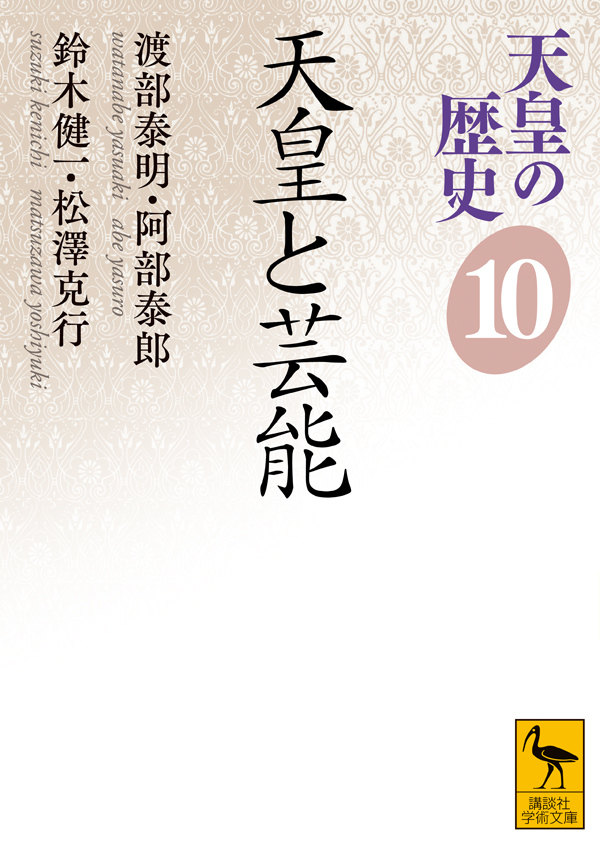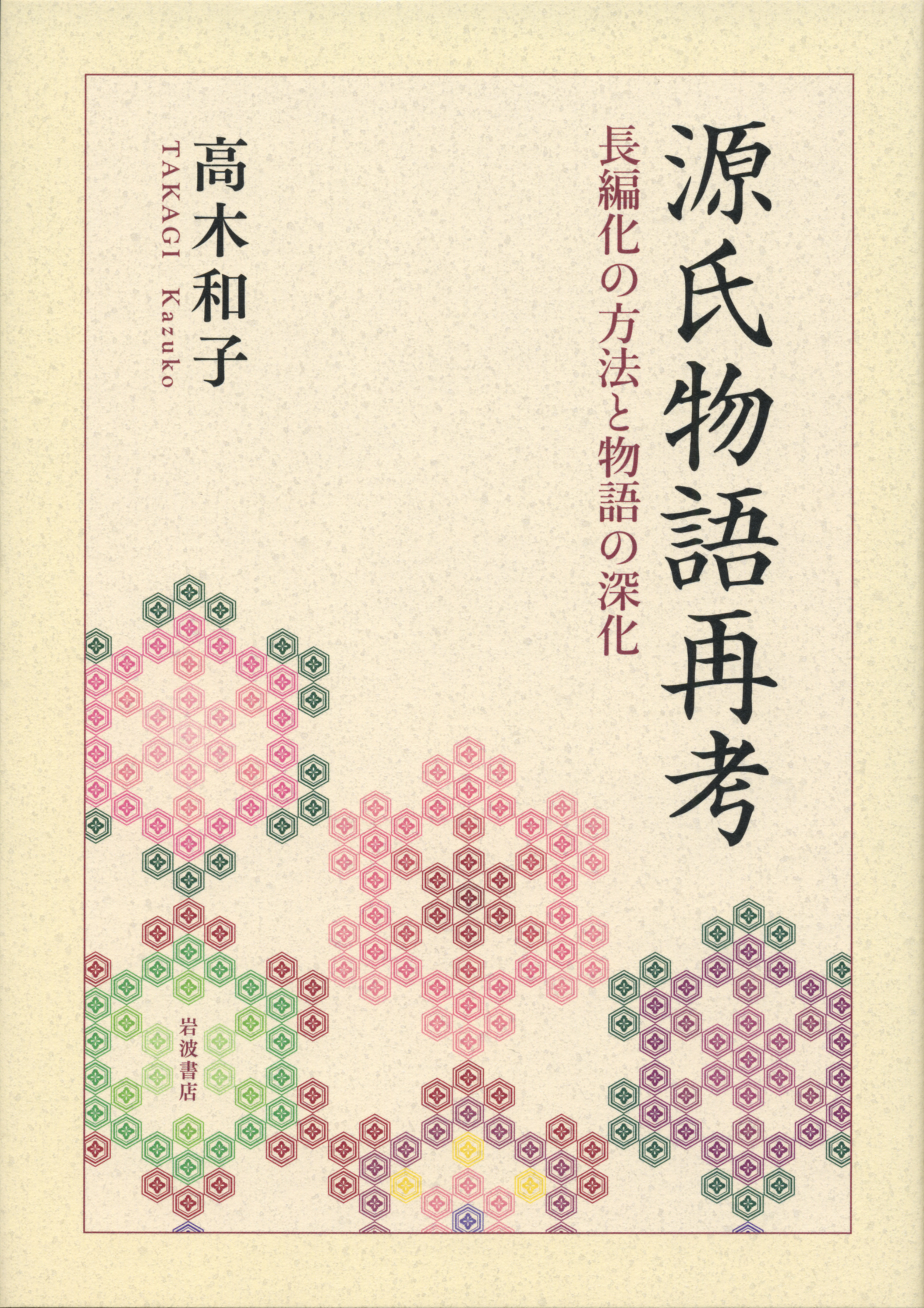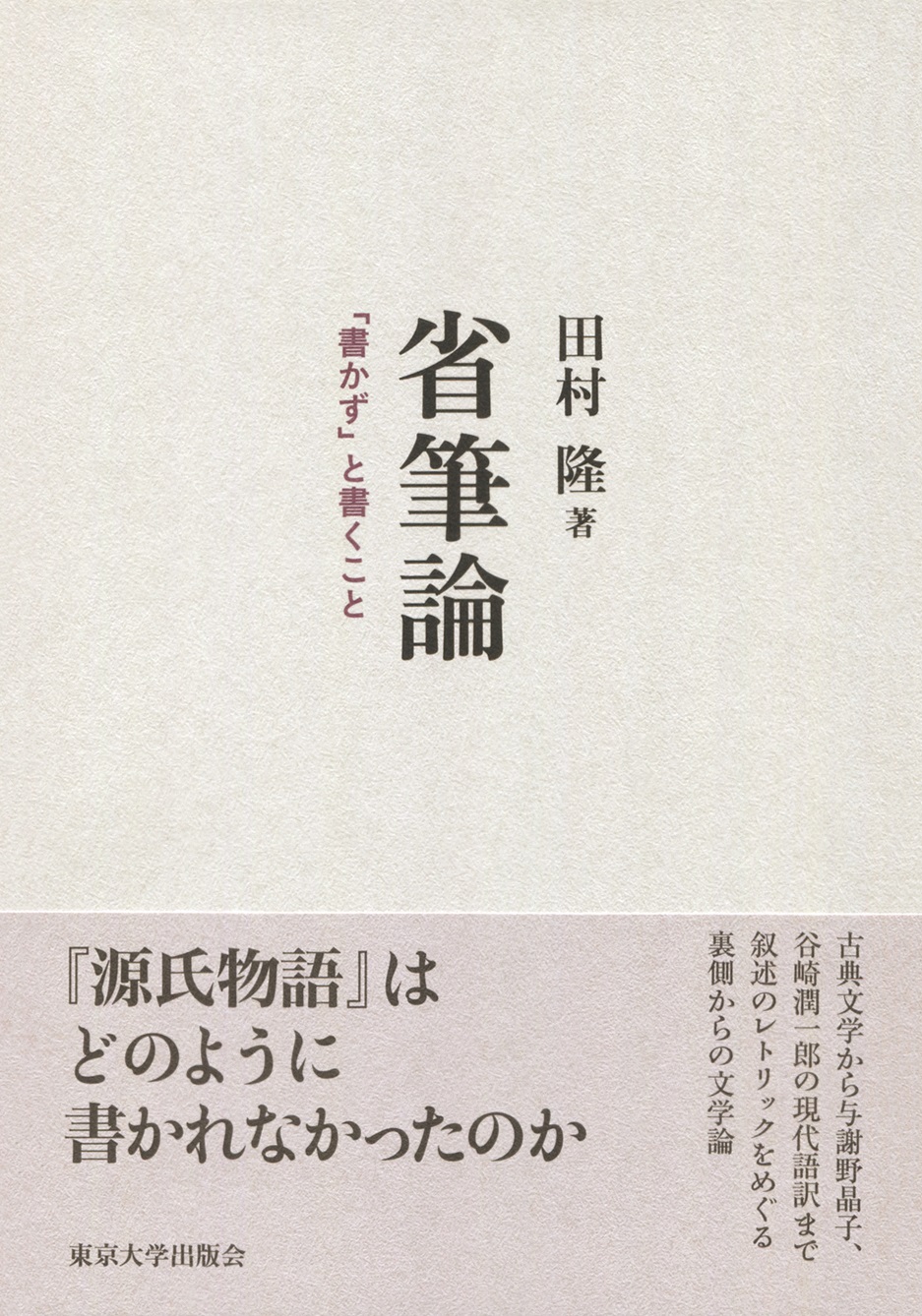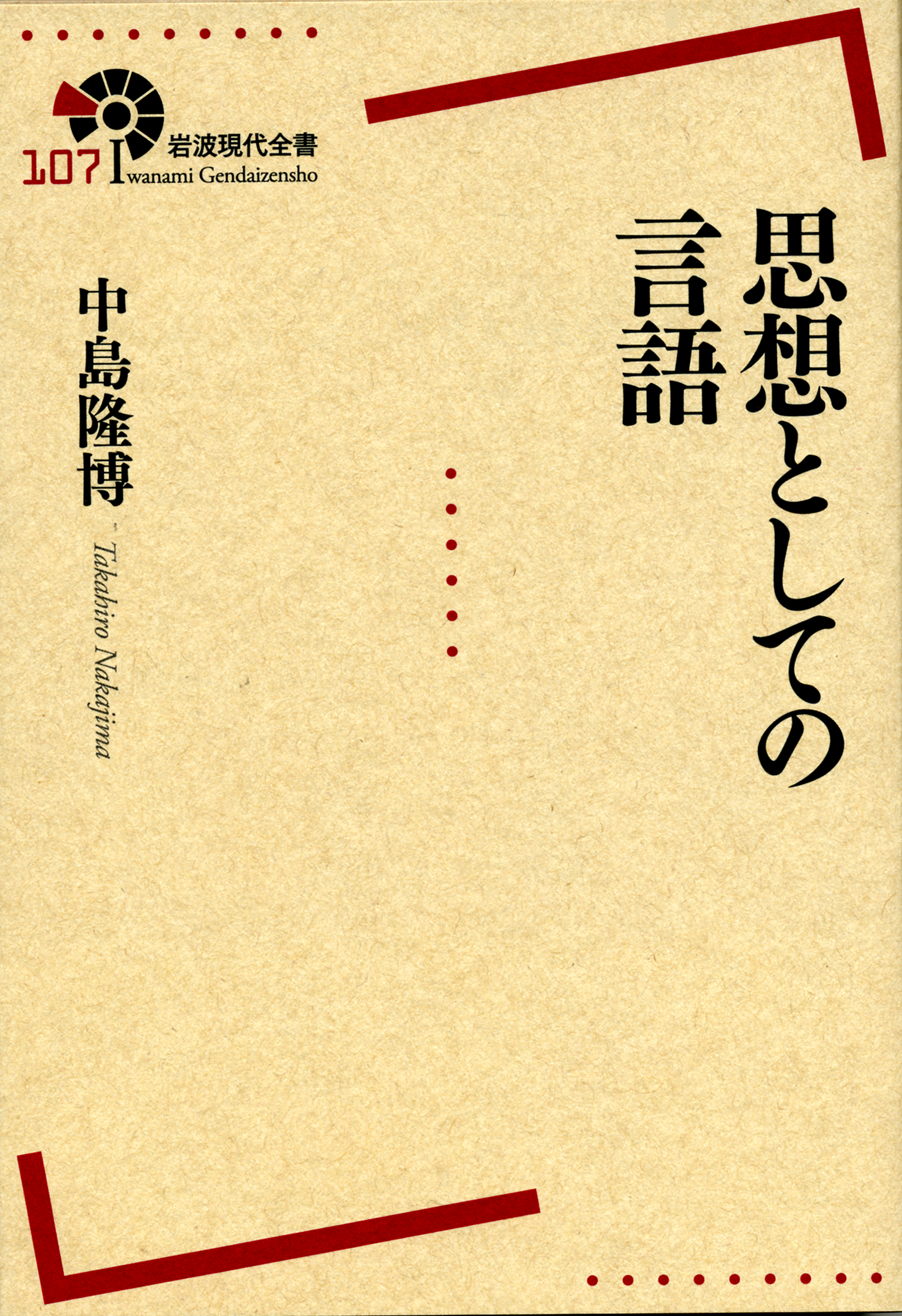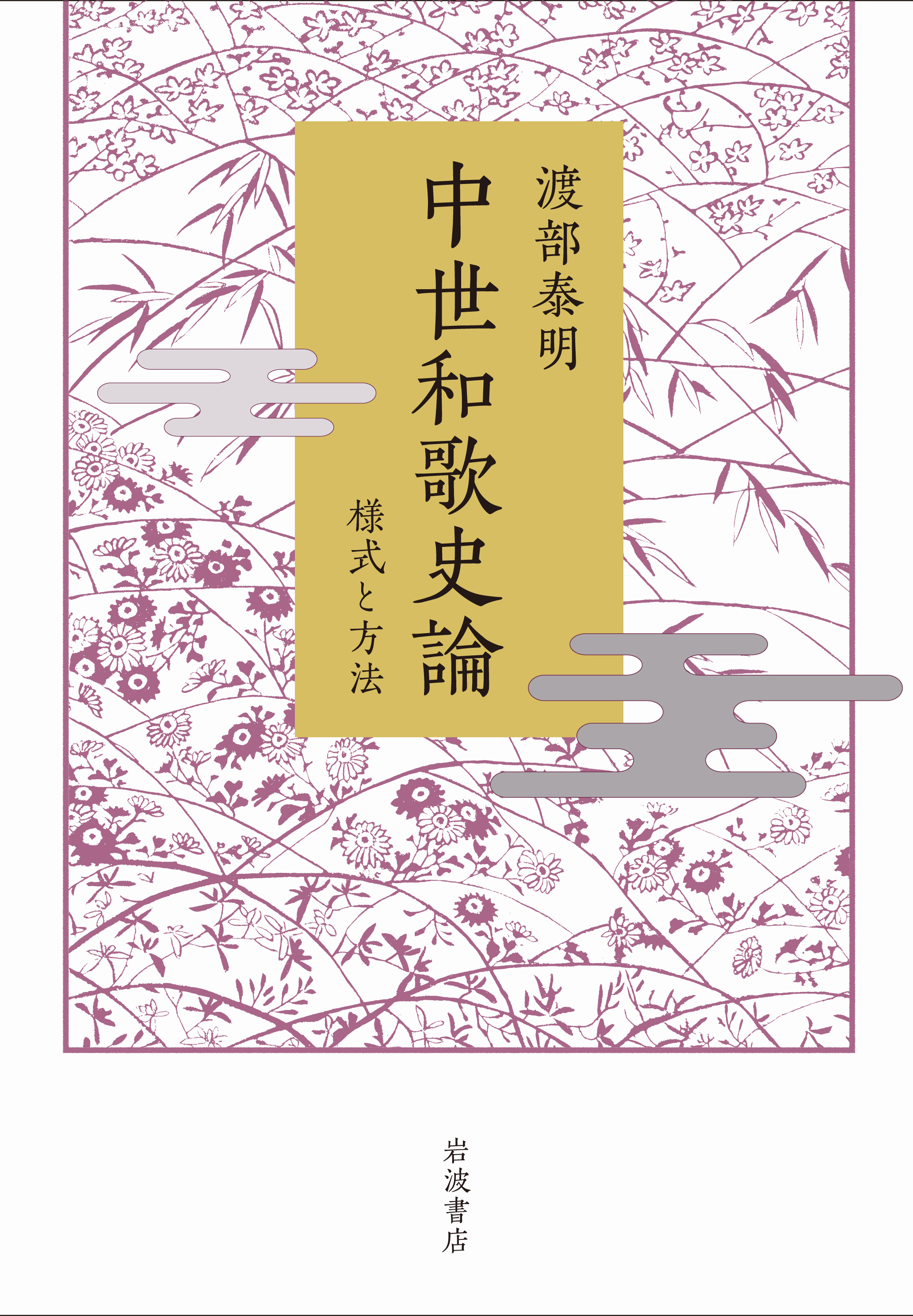
Title
Chuseiwakashiron (The History of Waka in the Medieval Period: Styles and Methods)
Size
480 pages, A5 format, hardcover
Language
Japanese
Released
March 15, 2017
ISBN
978-4-00-023889-2
Published by
Iwanami Shoten
Book Info
See Book Availability at Library
Japanese Page
The poetic form known as waka is a mode of linguistic expression consisting of a mere thirty-one syllables, and the question addressed in this book is why it has continued to be written throughout the course of Japanese history. The waka was created by the nobility in the ancient period and developed its own particular styles, and it remained popular from the medieval period onwards. That being so, I decided that probing the circumstances in which the waka was supported as an important literary art in medieval society would be one way of shedding light on the above question. But I did not seek the answer in the historical and social structure of the medieval period or in factors relating to intellectual thought or spiritual history. Rather, I have tried to clarify the dynamics of the history of waka in the medieval period by exploring the methods that underpinned the endeavours of outstanding poets in the history of waka as they wrote their poems and struggled with style and by analyzing the achievements of the works created by these methods.
Let me mention some of the principal figures among the poets discussed in this book. First, from the Heian period I take up Sone no Yoshitada, Izumi Shikibu, and Minamoto no Tsunenobu. You may wonder why Heian poets appear in a book about the medieval period. But signs of the medieval period were already present in waka of the ancient period. Heian poets developed new ways of describing scenery and feelings without concerning themselves about the disintegration of their subjective agency. Willing to drive themselves into positions of instability, they sought out new modes of expression.
Next, I focus on poets such as Minamoto no Toshiyori and Saigyō. These poets lived towards the end of the Heian period and acted as a bridge between the waka of the ancient and medieval periods. I point out that there existed in these poets a distinctive sense of style, which I call “associational thinking.” This is a concept referring to a state in which the words of a poem are interlinked like the meshes of a net, a state that is moreover fluid and variable, and it is the source of the poets’ creativity. It could be described as the key concept in this book. Saigyō is known as a poet who wrote individualistic poems, but these were nonetheless based on associational thinking, and by this means he endeavoured to convey his words to large numbers of people.
Next, I deal with the poetic activities of Fujiwara no Toshinari (Shunzei) and his son Fujiwara no Sadaie (Teika). They represent the climax of this book, for while inheriting in their entirety past traditions of verbal expression, they created an entirely new form of waka and shaped the foundations of medieval waka. At the core of their method lay associational thinking. For example, by deliberately not giving expression to a word that ought to be expressed, Teika vitalized associational thinking and produced modes of expression that were audacious and profound. In addition, among medieval waka poets I also take up Minamoto no Sanetomo, Kenkō Hōshi, Ton’a, Zeami, and Sōgi. To give one example, Kenkō Hōshi is the author of the essay Tsurezuregusa, but at the time he was known as a poet, and his poems attach importance to chance encounters, a stance that is in fact, as I argue, linked to the underlying theme of Tsurezuregusa.
(Written by WATANABE Yasuaki, Professor, Graduate School of Humanities and Sociology / 2018)



 Find a book
Find a book


